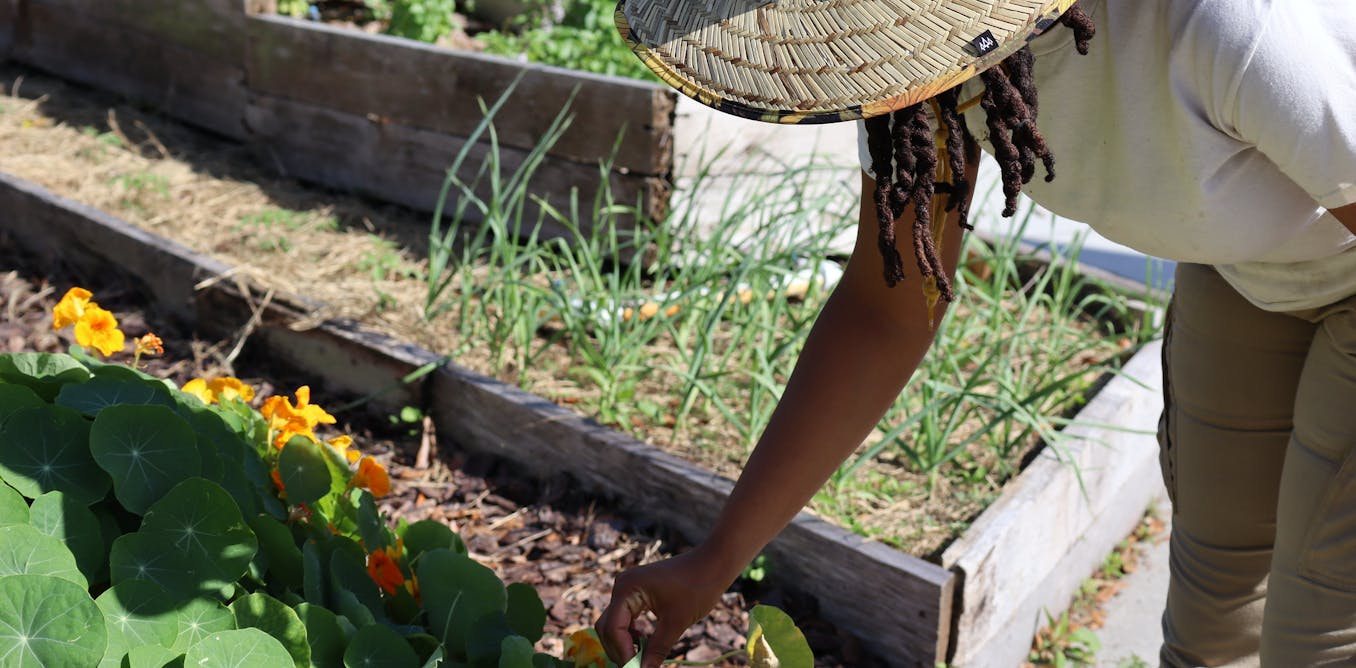Some Known Factual Statements About City Blooming
Some Known Factual Statements About City Blooming
Blog Article
The smart Trick of City Blooming That Nobody is Talking About
Table of ContentsThe Greatest Guide To City BloomingExcitement About City BloomingWhat Does City Blooming Mean?The Definitive Guide for City BloomingThe Ultimate Guide To City Blooming
Intrigued in expanding food to buy in the City of Chicago? Thinking of beginning a neighborhood yard? Modifications to the Chicago Zoning Regulation allow agricultural usages like community yards and metropolitan ranches in many components of the city. Below is a checklist of often asked inquiries concerning the guidelines and laws that farmers should consider when intending an urban farming project.
The zoning amendment does not change any type of other codes handling composting, building licenses, buying or renting City owned residential property, organization licenses or ecological contamination. There are existing codes that manage these concerns and they remain completely impact and may be applicable to your project. Area yards are typically owned or managed by public entities, civic organizations or community-based companies and maintained by volunteers.
Urban ranches grow food that is intended to be sold, either on a not-for-profit or for-profit basis. Due to their commercial purpose, metropolitan ranches need a service license.
About City Blooming
The quantity of garden compost product can not surpass 25 cubic backyards at any given time according to the requirements in 7-28-715 of the City's Municipal Code. Since the soil at many new garden sites requires modifying, garden compost, soil, wood chips, or other products can be gotten to construct or improve the growing space.

If a building authorization is required then the hoophouse will be considered an accessory building. You can discover more concerning the building license demands by getting in touch with the Department of Buildings. The 25,000-square-foot size limitation is meant to avoid a single community yard from dominating a given block or diminishing the block's existing property or industrial character.
The limitation does not relate to gardens situated in Public Open Room (POS) areas. Can there be more than one community yard that is 25,000 square feet on a solitary block? Yes. The dimension limit uses to specific yards, not to private blocks. No. Fence is not required, however, yards that have big parking lot may be called for to set up fencing or various other landscaping attributes.
Not known Facts About City Blooming
B1 & B2 districts require that all commercial use tasks be carried out inside your home. Is fence needed for urban ranches? Fences may be required, along with landscape design and screening, for certain car park locations and exterior work or storage areas depending on area and the details task taking location.
Urban ranches need structure authorizations and zoning authorizations prior to construction (eco-friendly practices). Various other types of city testimonial might be required depending on specific frameworks, activities, dimension, landscaping, licensing, public health and stormwater administration concerns.
Yes. The type of certificate is figured out by what is taking place at the site. The Division of Organization Affairs and Customer Security can help determine the specific kind of business license that's called for. Yes. Off road car park is required for the majority of industrial tasks in Chicago. The required variety of garage is based on the variety of staff members servicing site and not the square video footage of the expanding room.
The Definitive Guide for City Blooming

Yes. A metropolitan ranch can sell garden compost material produced on site, however, the operation has to adhere to the guidelines in 7-28-715 of the Chicago Municipal Code. Yes. Aquaponic systems are permitted inside on urban farms in lots of zoning districts. A zoning testimonial and structure permit is required in order to set up structures or systems and an organization certificate is required as described above.
As much as 5 hives or swarms of honey might be kept as an accessory usage. Beekeepers must register with the Illinois Division of Farming. For even more details regarding the recommended zoning change you may call the Division of Housing and Economic Development, Bureau of Planning and Zoning at 312.744.8563.
Farming in cities and urban locations A metropolitan farm in Chicago. Urban farming describes numerous methods of growing. https://giphy.com/channel/cityblooming, handling, and their website distributing food in metropolitan locations. The term additionally relates to the area activities of animal husbandry, tank farming, beekeeping, and cultivation in a metropolitan context. Urban farming is identified from peri-urban agriculture, which occurs in country areas at the side of suburban areas.
The Definitive Guide to City Blooming
It can include a motion of natural farmers, "foodies" and "locavores", who look for to create social networks started on a shared ethos of nature and area holism. These networks can develop by way of formal institutional assistance, coming to be integrated right into regional town as a "transition town" activity for lasting city advancement.
The a lot more straight accessibility to fresh vegetable, fruit, and meat items that might be understood with urban farming can improve food security and food safety and security while decreasing food miles, resulting in lower greenhouse gas exhausts, thereby adding to climate change reduction. A few of the very first evidence of city agriculture originates from Mesopotamia.
Report this page